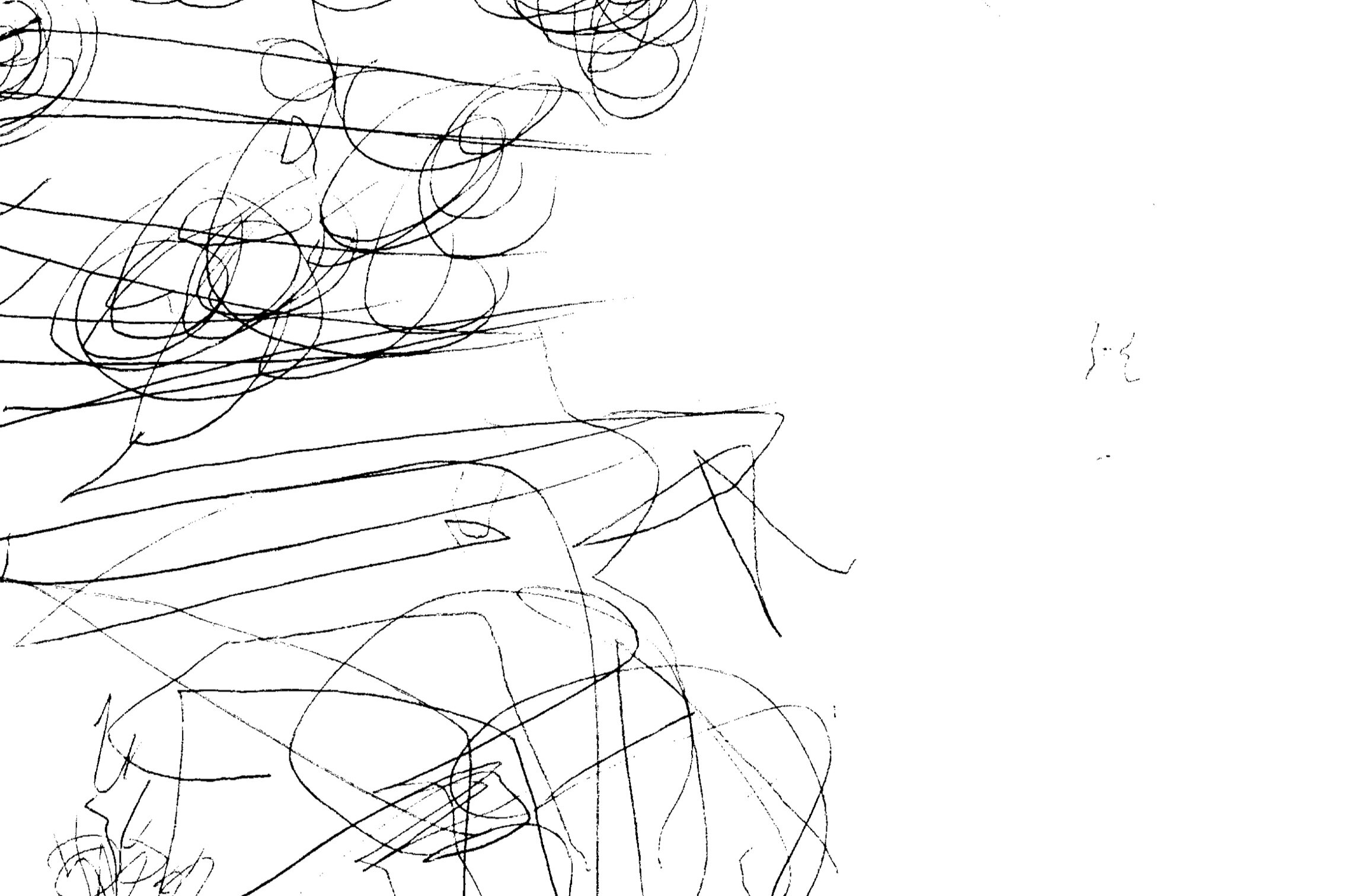
Disability community dance artist and choreographer
Scholar & teacher
Disability dance activist & organizer
Artist Statement:
I am a choreographer, scholar, and teacher whose work explores disability as a framework for creative practice. Departing from my experiences of brain disease, the dance projects I engage with cull the materials of my disability as an artistic-activist endeavor. This work stretches across multiple forms and processes, including disability community dance and choreography, disability dance activism and organizing, the development of accessible dance pedagogy, and artistic-scholarly writing.
I understand choreography and community dance practice as a valuable site for exploring the lived experience of the disabled body. It is beneficial not only for the ways in which it counters and makes visible the social and political marginalization of the disabled body but also for the ways it disturbs conventional understandings of disability and amplifies the disabled dancer as an essential site of embodied social justice.
Through choreography and community dance practices, I ask questions about what it means to reclaim and reimagine disability as positively non-normative and knowledge-producing. Disabled dancers are often kept apart from one another through various barriers that impede disabled wisdom. The projects I create connect disabled dancers across accessibility borders, which is essential in order to move beyond compulsory norms and create a more socially just future. My work investigates what is required to join our disabled energies. I ask not only what we need but also what we desire in order to come together. I am committed to envisioning new practices for the primacy of disabled voices to come together on our own terms.
The performances I create occur in both traditional and non-traditional theatrical settings. When site-ing my practice in non-theater spaces, I am investigating how to make visible the ways in which disabled bodies are choreographed through various and not always welcoming locations, and am questioning where the performance of disability is meant to exist, in what settings, and for what audiences. Through a choreographic investigation of space and place, I open a discussion on both the potential and restrictions of architectural access for disabled people and the reclamation of spaces by disabled bodies.
In addition to my performance work, I co-conspire with choreographer and teacher Kayla Hamilton on the facilitation of Crip Movement Lab: a movement invitation to all disabled people and their non-disabled accomplices, including and not limited to those that identify as blind, visually impaired, Deaf/deaf, chronically ill, crip, or Mad. The lab asks the key question: How can we be together with movement practices which center disability as a framework for creativity?

Images created by Tanya Shyika


